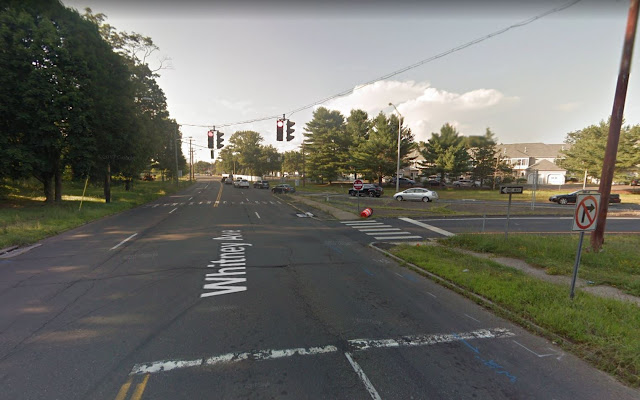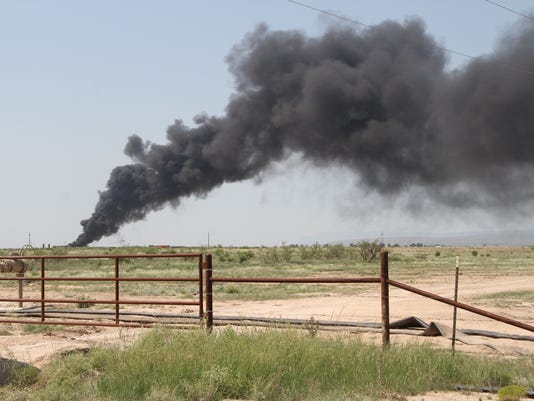Washington, DC (CNN)
A United States Secret Service agent died after suffering a stroke while supporting President Donald Trump's trip to Scotland over the weekend, the Secret Service said Wednesday.
The 42-year-old agent, who is now being identified as Special Agent Noel E. Remagen, was working on protection for national security adviser John Bolton on the midnight shift when he was found to be unresponsive by colleagues at Trump's Turnberry resort Saturday night.
Remagen was quickly attended to by a White House doctor and Secret Service colleagues before being rushed to Queen Elizabeth University Hospital in Glasgow, where he passed away on Sunday, a law enforcement source told CNN.
Remagen is survived by a wife and two small children, and was the son of a retired Secret Service employee.
The President and first lady Melania Trump departed for Joint Base Andrews Wednesday afternoon to see Remagen's family, the White House said.
"Melania and I are deeply grateful for his lifetime of devotion, and today, we pause to honor his life and 24 years of service to our Nation," the President said in a statement.
The Secret Service said in a statement that he had served for 19 years with the agency and was a "dedicated professional of the highest order." The agency said he was surrounded by members of his immediate family and colleagues when he died.
White House press secretary Sarah Sanders said in a tweet Wednesday, "Prayers for the Remagen family. We are all forever grateful for the service and sacrifice of the men and women of the United States Secret Service, some of the greatest and bravest people in the country. We are sorry for your loss and are grieving with you."
The agent's body is being flown back to Washington on a military plane Wednesday and fellow Secret Service personnel will remain with his body until he is buried, another law enforcement source told CNN.
"Special Agent Remagen's repatriation to the United States represents the return of a fallen Secret Service Special Agent who exemplified the core values of the Secret Service - Justice, Duty, Courage, Honesty and Loyalty," the Secret Service said in a statement Wednesday.







































